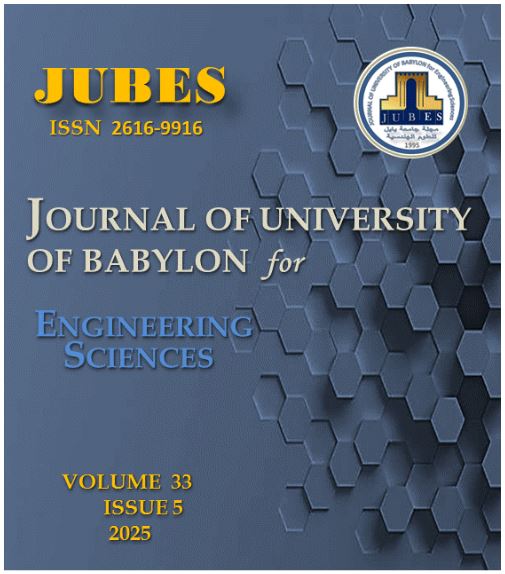Enhancement of Electro-Kinetic Remediation of Contaminated Soil for Removal of A Hazards Metal Ions
Main Article Content
Abstract
An electrokinetic investigation was conducted to examine the influence of heavy metal content, voltage gradient, and pH on the energy usage and efficiency of removing combined heavy metals (Cr and Cd) from polluted soil. Fifteen (15) studies were performed using the Box-Behnken Design, with each experiment spanning five days. The data were used to estimate the removal efficiencies of heavy metals and the energy consumed during the process using Minitab. Numerical Optimization indicates an optimal usage of energy of 156.3 kWh/m³ of treated soil, with removal efficiencies for Cd and Cr determined at 95.31% and 96.01%, respectively, under operating conditions of heavy metal concentrations of 100, 200, and 300, voltage gradients of 20, 25, and 30, and pH levels of 4, 6.5, and 9. The rise in heavy metal content was observed to diminish removal efficiency, attributed to the increased current generated throughout the experiment, resulting from the enhanced soil electrical conductivity. Increases in voltage gradient were seen to enhance the efficiency of removal. The rise in both heavy metal content and voltage gradient was observed to increase energy usage; nonetheless, energy usage is substantial at low pH magnitudes and low heavy metal contents, as well as at low voltages. Conversely, energy consumption increases with rising pH at high voltages and high concentrations of heavy metals.
Downloads
Article Details
Section

This work is licensed under a Creative Commons Attribution 4.0 International License.
